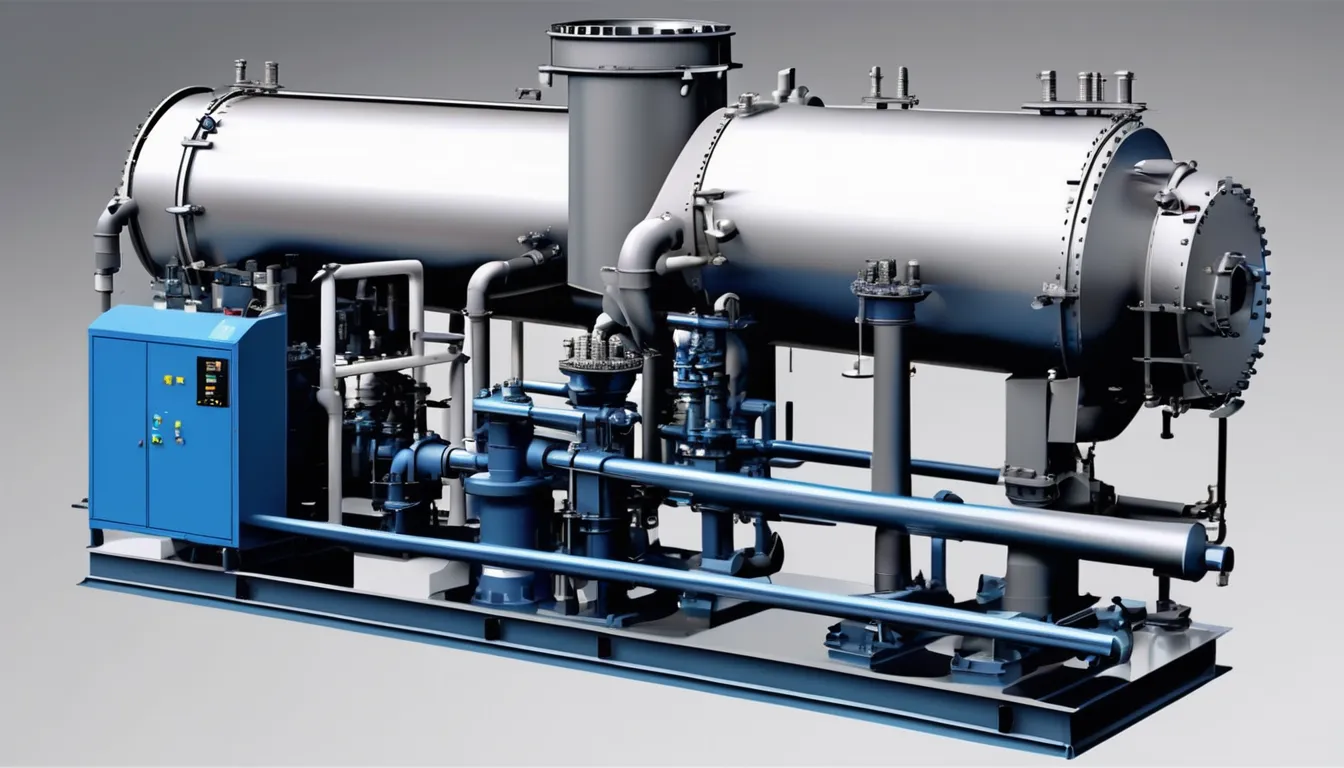When you’re planning a trip, the timing of your plane ticket purchase can make a significant difference in your budget. You might think any day is a good day to book, but understanding airline pricing trends is crucial for scoring the best deals. For instance, have you considered how the day of the week can influence ticket prices? There are specific days when airlines often adjust their fares, but that’s just the tip of the iceberg. Let’s explore the strategies that could lead to substantial savings on your next flight.
Understanding Airline Pricing Trends
Understanding airline pricing trends can save you a significant amount on your next flight. Airlines often employ dynamic pricing, which means ticket prices fluctuate based on demand, seasonality, and even the time of day. By keeping an eye on these trends, you can identify the best times to purchase tickets at the lowest prices.
For instance, prices usually rise as the departure date approaches. If you’re planning a trip, aim to book your flight several months in advance. Additionally, consider the impact of holidays and peak travel seasons, as prices tend to spike during these times. If you can, travel during off-peak seasons when demand is lower; this often leads to better deals.
Another aspect to watch is fare sales and promotions. Airlines frequently announce limited-time offers, so signing up for alerts or newsletters can help you snag a discount.
Lastly, being flexible with your travel dates can lead to substantial savings. By understanding these pricing trends, you can make informed decisions that keep your travel budget intact, allowing you to enjoy your journey without overspending.
Best Days of the Week to Book
Many travelers often overlook the best days of the week to book flights, but timing can make a significant difference in ticket prices. Research shows that certain days offer better deals than others, and knowing these can save you a substantial amount of money.
Generally, Tuesdays and Wednesdays are your best bets. Airlines often release deals on Monday evenings, and by Tuesday afternoon, competing airlines adjust their prices to match. This creates a sweet spot for you to snag lower fares.
Here’s a quick look at the best days to book:
| Day | Price Trend | Best For |
|---|---|---|
| Monday | Moderate | Early week travelers |
| Tuesday | Lowest | Budget-conscious travelers |
| Wednesday | Low | Flexibility seekers |
| Thursday | Rising | Last-minute deals |
Timing Your Purchase for Holidays
When’s the best time to buy plane tickets for holidays? If you want to save money, start planning early. Aim to book your tickets around two to three months before your travel dates. Airlines often release their best deals during this window, and you’ll have a better chance of snagging lower fares.
Keep an eye on flight prices during peak holiday seasons, like Thanksgiving and Christmas. Prices can skyrocket as the holidays approach, especially if you’re traveling during busy times.
If you can, be flexible with your travel dates. Flying a day or two before or after a major holiday can lead to significant savings.
Don’t forget to sign up for fare alerts from airlines and travel websites. This way, you’ll be notified when prices drop or when special deals arise.
Lastly, consider traveling on less popular days, such as Tuesdays or Wednesdays. Airports are less crowded, and you might find better prices.
Seasonal Considerations for Savings
Seasonal factors can significantly impact the price of plane tickets, so it’s smart to consider when you plan to travel. Prices often spike during peak travel seasons, such as summer and major holidays. If you can, aim for off-peak times, like late winter or early spring, when demand is lower, and airlines often offer better deals.
Additionally, consider the destination’s seasonal trends. For instance, traveling to a tropical locale in the winter can yield higher prices due to increased vacationers. Conversely, visiting popular summer destinations in the fall can lead to significant savings as crowds thin out and airlines look to fill seats.
Weather also plays a role; flights to places with harsh winters may see price drops during the colder months. Keep an eye on local events or festivals, as these can drive up prices.
Lastly, if you’re flexible with your travel dates, you can take advantage of fare fluctuations. By avoiding weekends and school holiday periods, you’re more likely to snag a lower fare.
Using Tools and Alerts for Deals
Finding the best deals on plane بلیط پرواز is easier than ever with the right tools and alerts at your fingertips. By leveraging technology, you can stay informed about price drops and special promotions, making it simpler to snag those savings.
Here are some essential tools and strategies to consider:
- Fare comparison websites: Use platforms like Google Flights or Skyscanner to compare prices across multiple airlines.
- Price alerts: Set up alerts on these websites to notify you when prices drop for your desired routes.
- Mobile apps: Download travel apps that specialize in fare tracking; they often provide exclusive deals not found elsewhere.
- Social media: Follow airlines and travel deal accounts on social media for flash sales and last-minute discounts.
Conclusion
In conclusion, to score the best deals on plane tickets, keep an eye on airline pricing trends and book your flights two to three months in advance. Stick to Tuesdays and Wednesdays for the most savings, especially when planning for holidays. Remember to be flexible with your travel dates and utilize fare alerts and comparison tools to uncover the best offers. With these strategies, you’ll maximize your savings and enjoy a stress-free booking experience!




